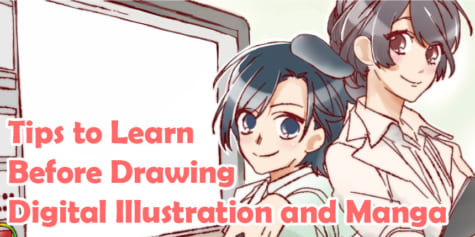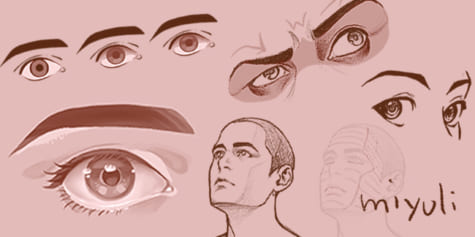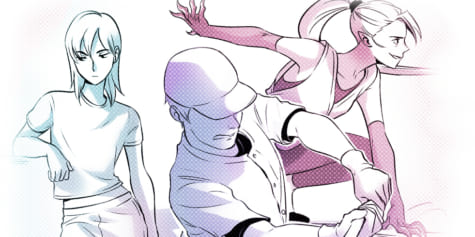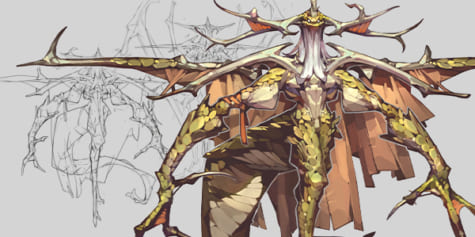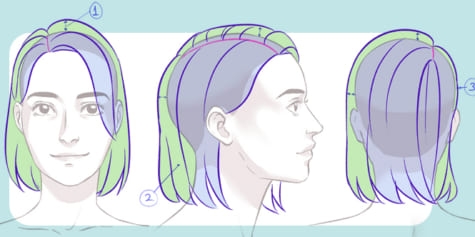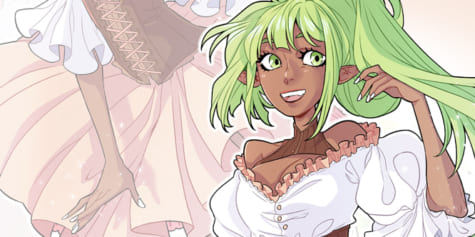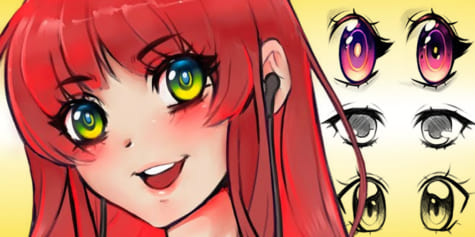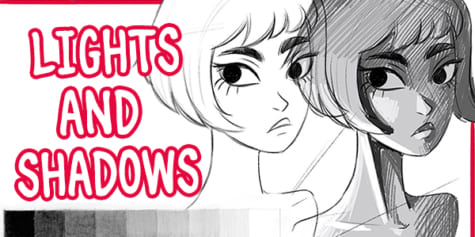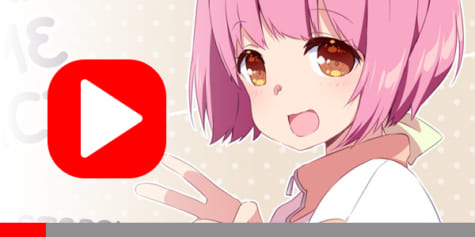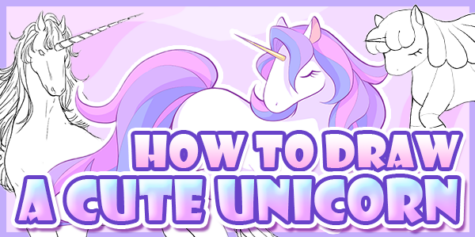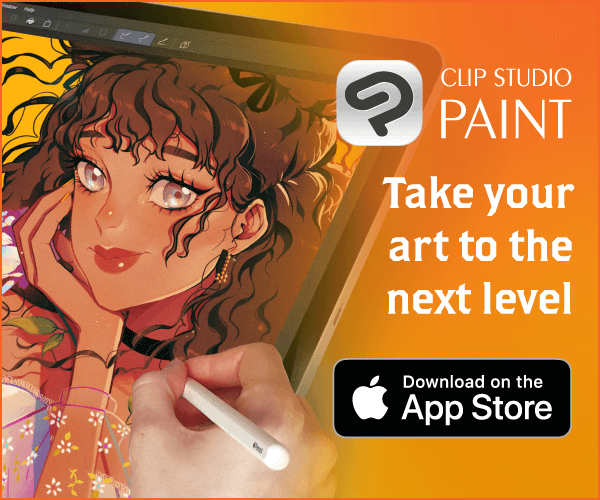Create funny emotes for exaggerated emotions
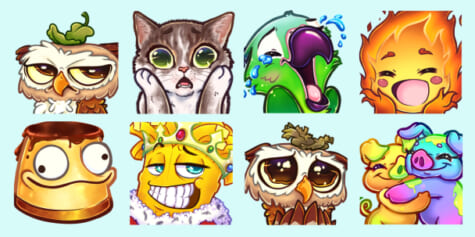
Illustrator Julillu shows how to draw facial expressions. By simplifying and exaggerating facial muscles, you can make various characters emote + create emotes!
Index
Introduction
In this tutorial, I’m going to show you different types of facial expressions, how they are created, and what their key features are. In addition, I will cover ways to recreate these expressions in a drawing and how to enhance their impact. With emotions, we communicate our state of mind, personality, relationships with each other, thoughts, and feelings.
This is especially the chance for emotes or emojis, facial expressions serve as a key element to communicate emotions. They express moods, intentions, conditions, and reactions. Hence, an emotion should be presented as clearly as possible to be understandable for the viewer. It is important to reflect the appropriate state of mind or even to exaggerate it for clearer communication.
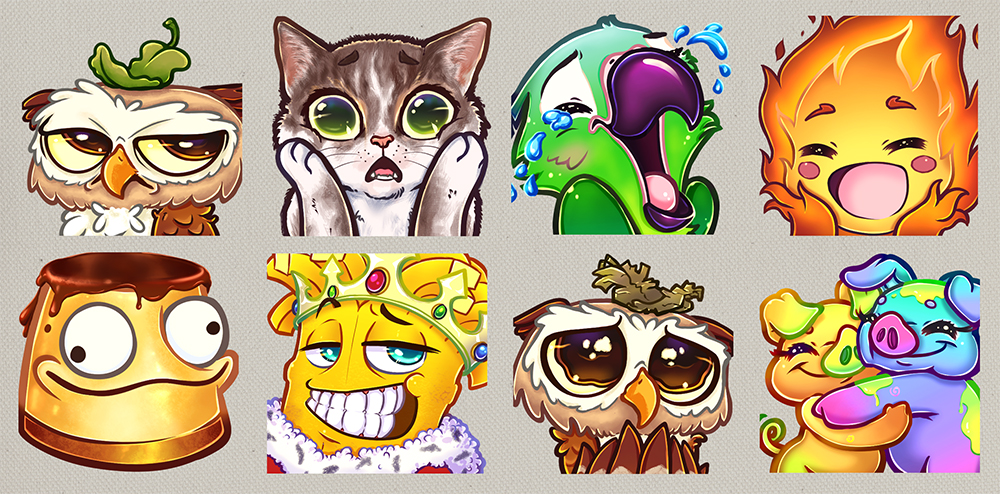
1 What are emotions?
With emotions, we communicate our state of mind, personality, relationships with each other, thoughts, and feelings. Emotions are expressed on several levels:
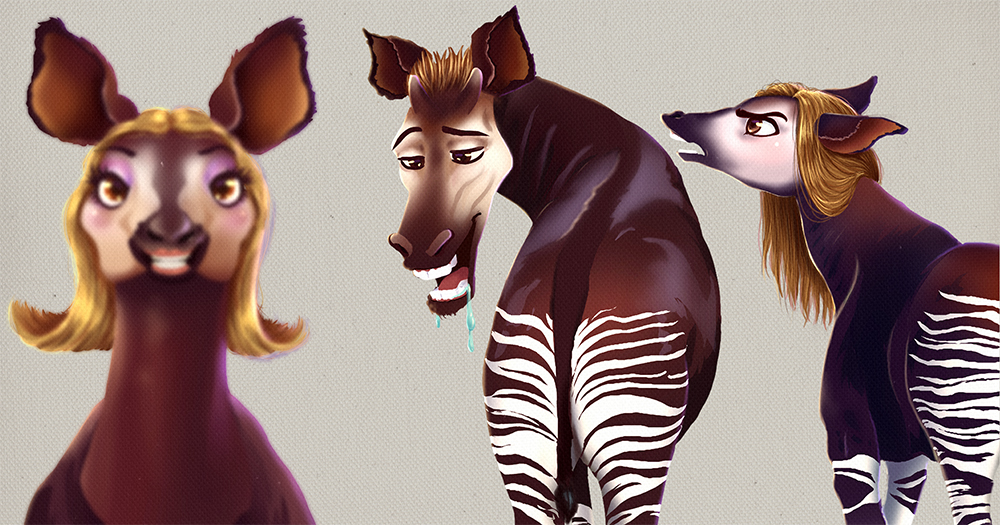
- as a feeling we experience
- as a behavior, e.g. in facial expressions, gestures, posture, or body movement
- as physical reactions e.g. strong heart beats, sweating, muscle tension, pain
- as a cognitive process, e.g. the expectations that something bad might happen
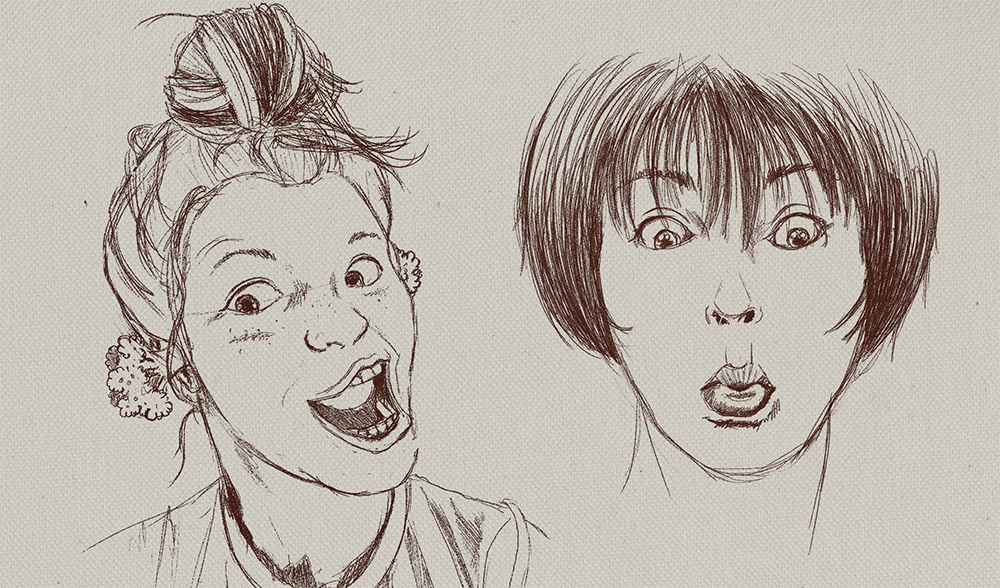
Neuroscientists often distinguish between two types of emotions: those that are a result of abstract thoughts, and those that are innate and genetically predetermined by evolution. A feeling, on the other hand, is a subjective component and only a part of an emotion. It arises from the evaluation of events.
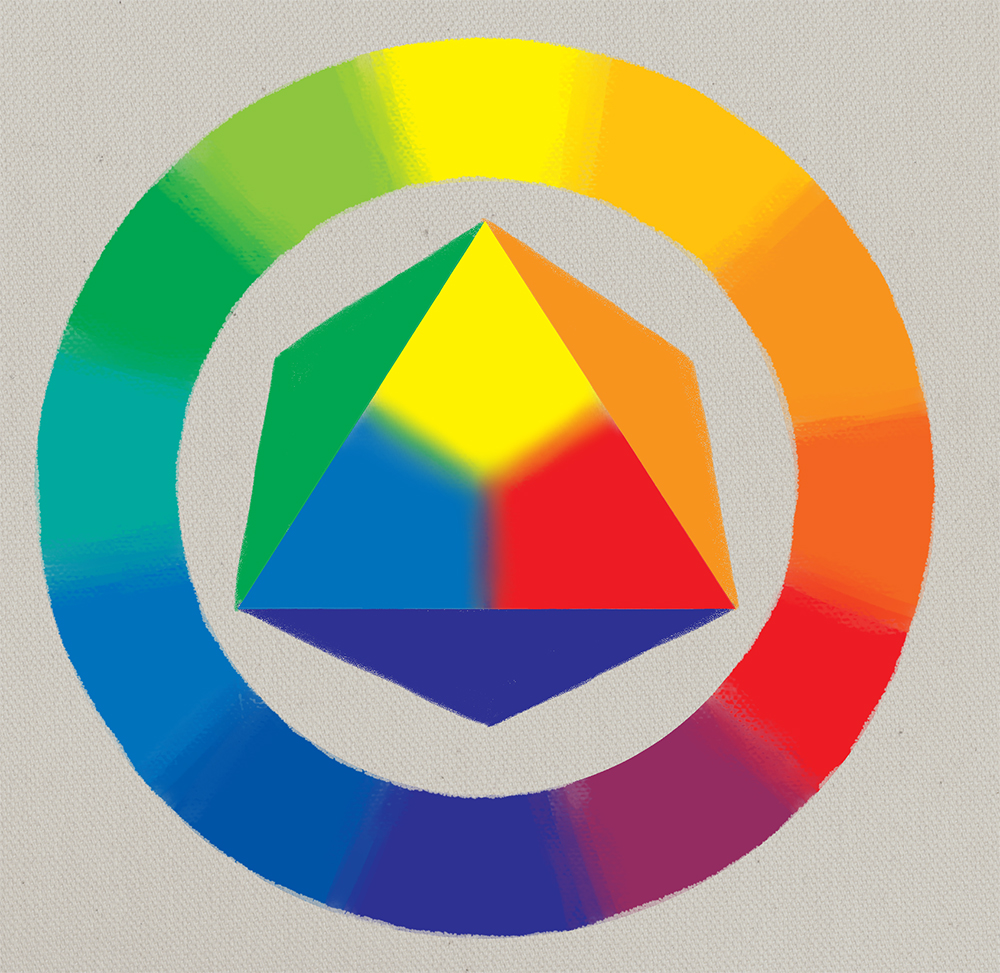
When categorizing the many types of emotions, it helps to compare it to the color wheel (Itten’s color wheel) . Just as you can mix, expand, and combine all the other colors from the primary colors, you can do the same with emotions. Here, facial expressions can be divided into six basic expressions.
The primary emotions are as follows:
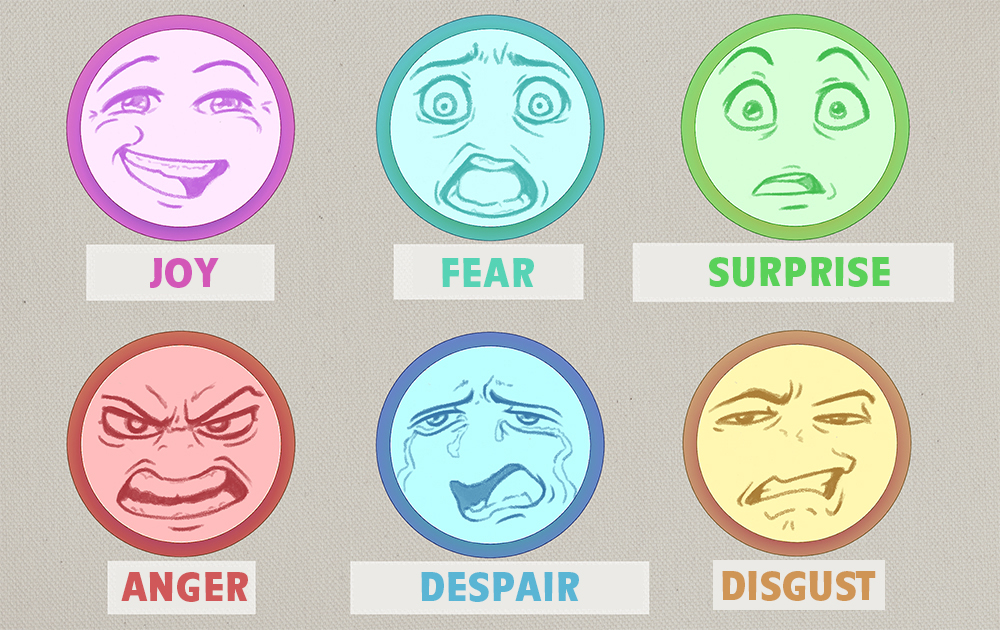
Joy, fear, surprise, anger, sadness/despair, and disgust/repugnance.
By combining and mixing, an almost infinite number of different emotions can be developed. Examples for combined feelings and emotional states would be: Amazement, freak-out, hatred, grimace, tears of joy, hopelessness, nostalgia, awe and bitterness.
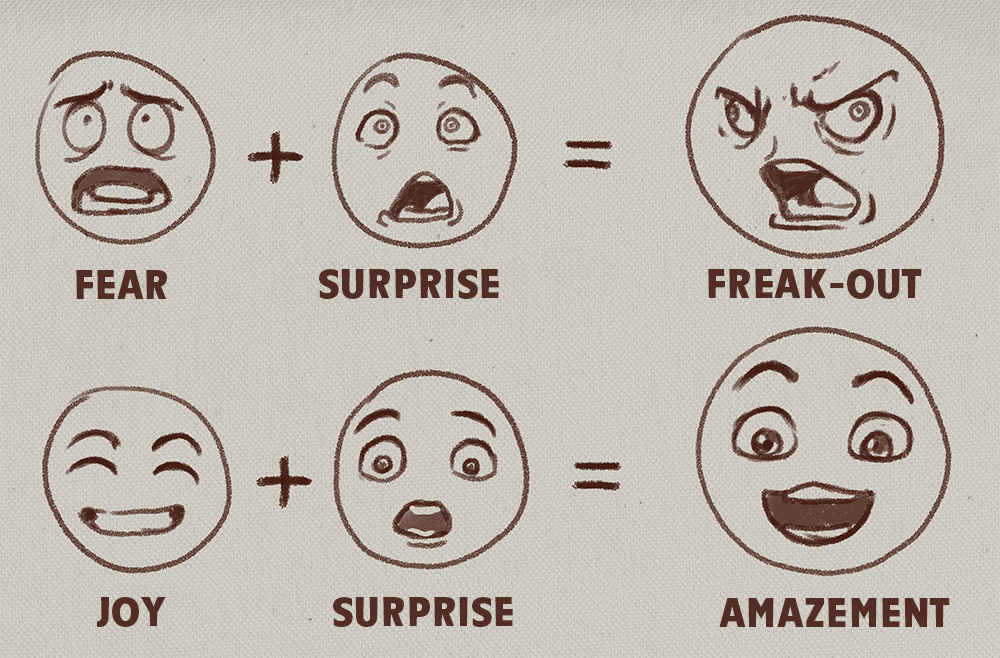
It’s also possible to mix more than two emotions:
Fear + anger + sadness = jealousy.
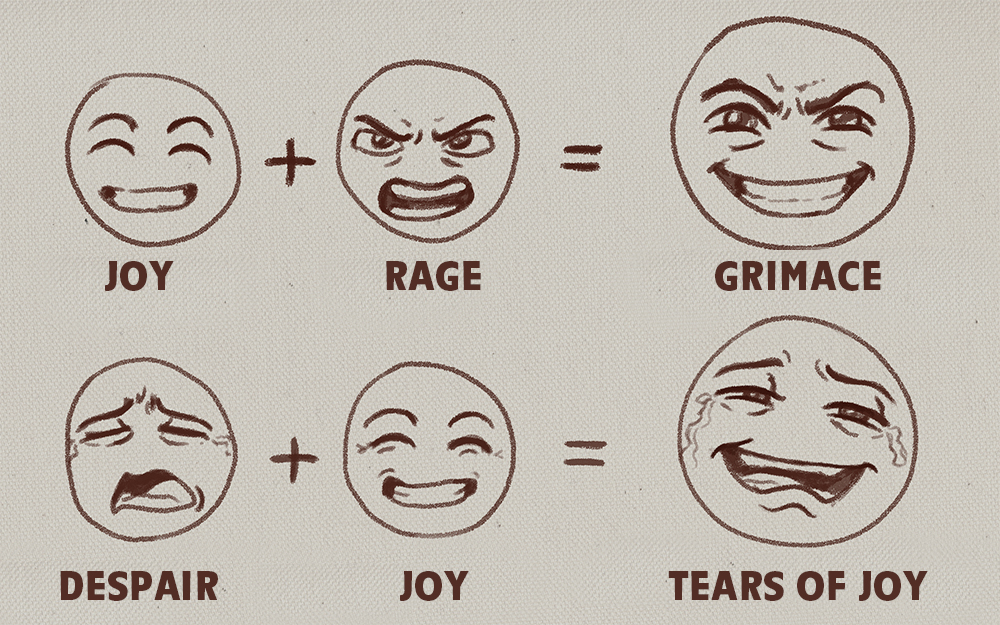
Those who feel jealousy are afraid that something might happen to someone they love. At the same time, they feel anger and want to protect the other. Also, the idea of losing that someone makes them sad.
Perks of facial expressions: Real vs. Fake
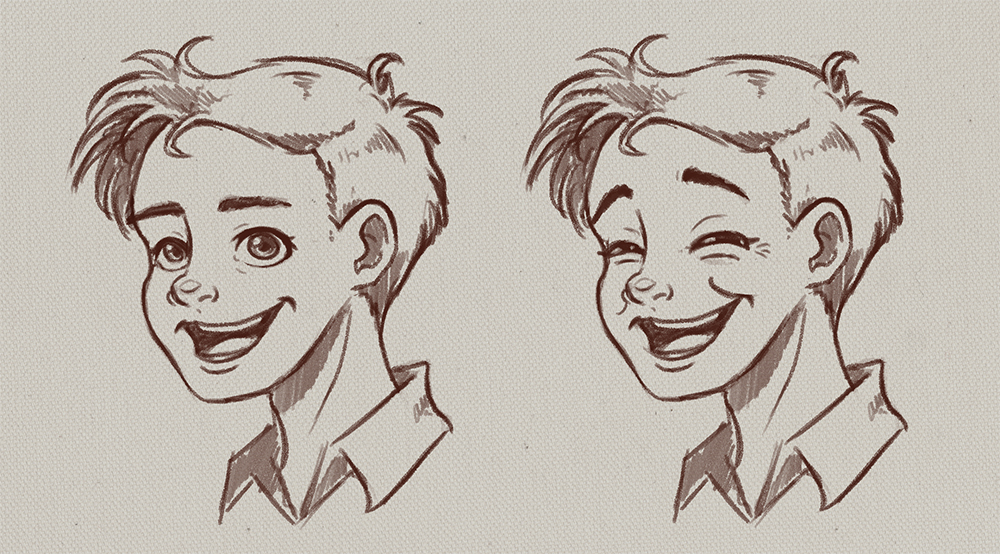
As humans, we are able to fake emotions. When laughing or smiling for example, the eyes are especially important. A fake laugh signals insecurity or arrogance. A reliable sign of a genuine smile is when the creases on the corners of the eyes lower when someone laughs. These are located between the eyebrow and eyelid. The fake laugh or smile is created only with mouth.
A facial expression can have different meanings depending on the context. A surprised facial expression could have both a positive and a negative meaning.
2 How does the face emote?
Many facial muscles are involved to show emotions. Our facial expressions are formed by the extremely complex interactions of these muscles. They can be controlled consciously and subconsciously. Here are a few of those muscles and the function of each (in red) in a simplified form.
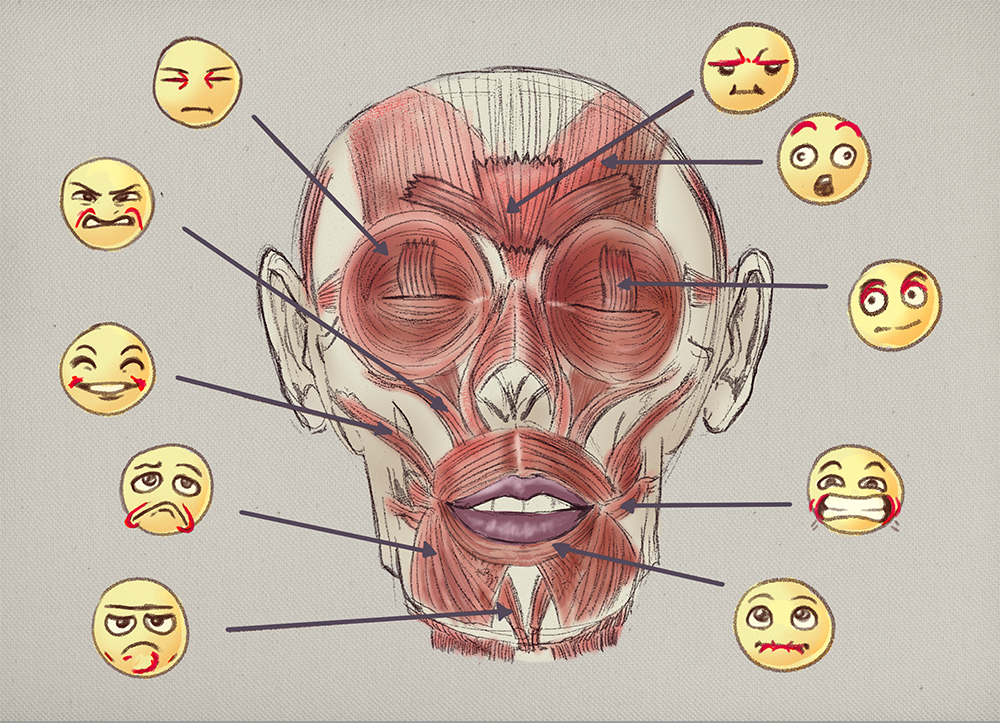
3 Basic emotions
Before we get into the necessary abstraction and simplification of emotions, let’s look at the realistic representation of the primary emotions of a human face. It helps to understand basic anatomical structure of a head/face here.
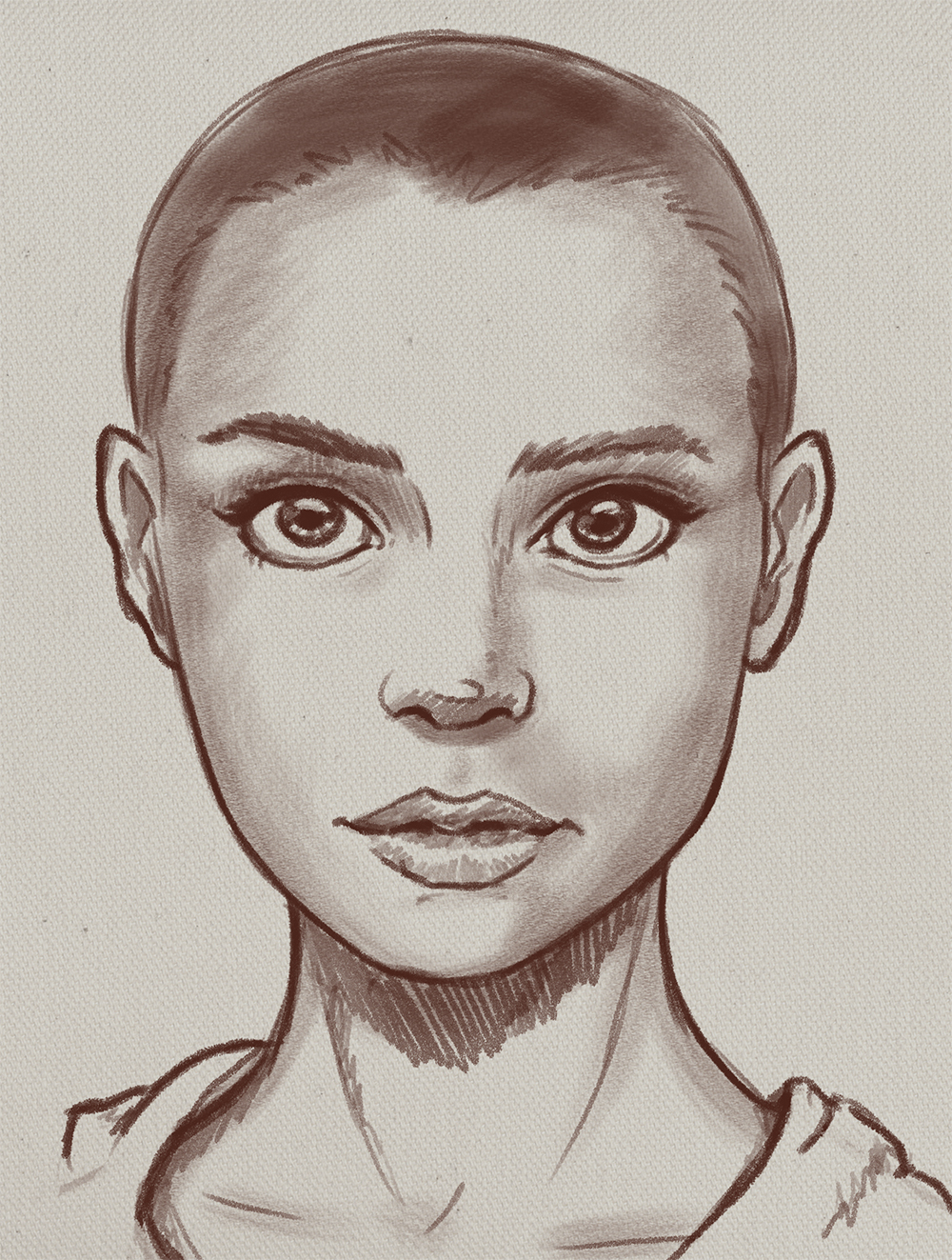
This picture shows no expression. All muscles are relaxed. Only the muscles of the eyelids that keep the eyes open are active.
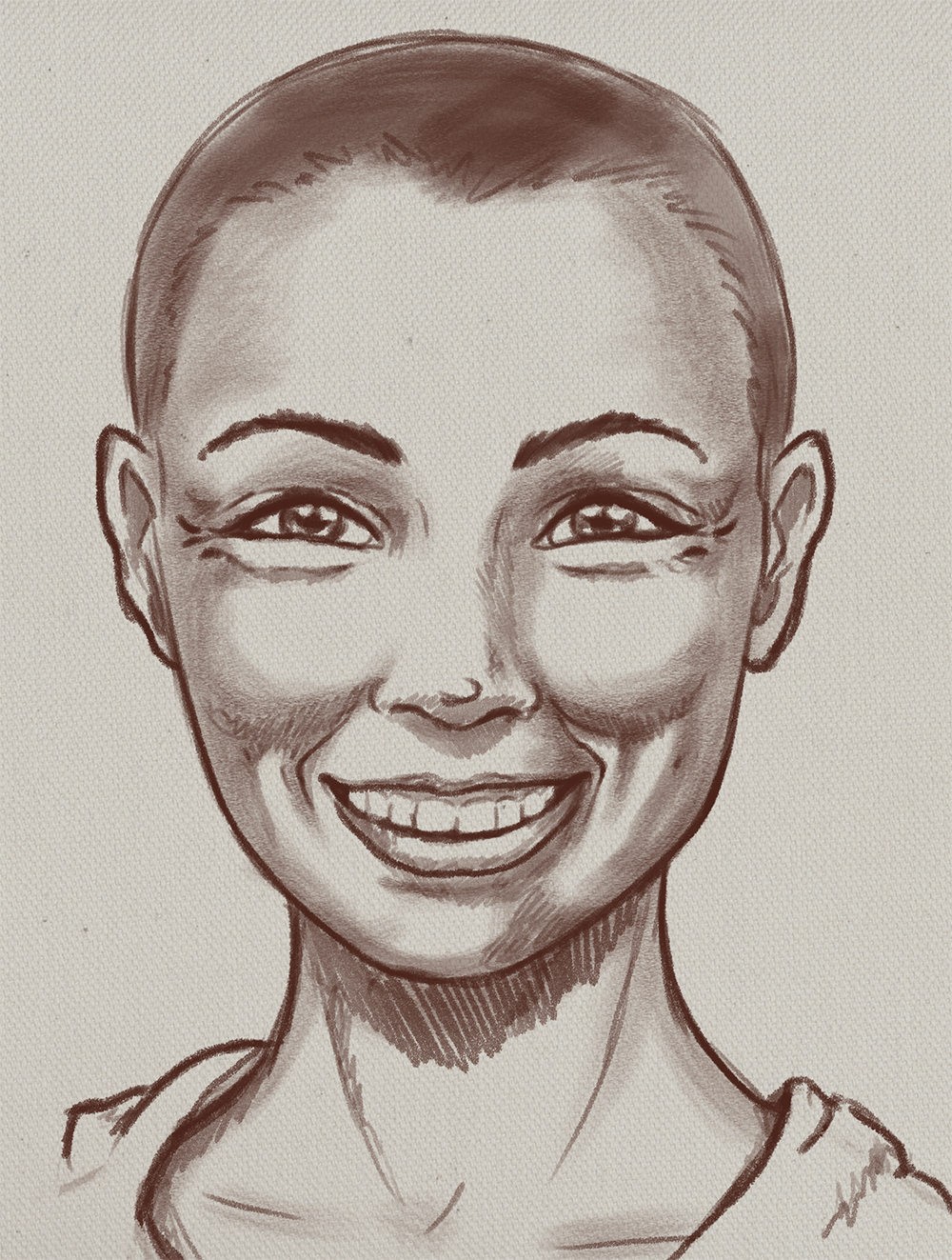
In the case of joy the active muscles and muscle groups already look quite different. The corners of the mouth lift and the mouth is stretched wider. Wrinkles appear next to the nostrils, eyes and corners of the mouth. The skin of the cheeks is compressed when laughing and smiling.
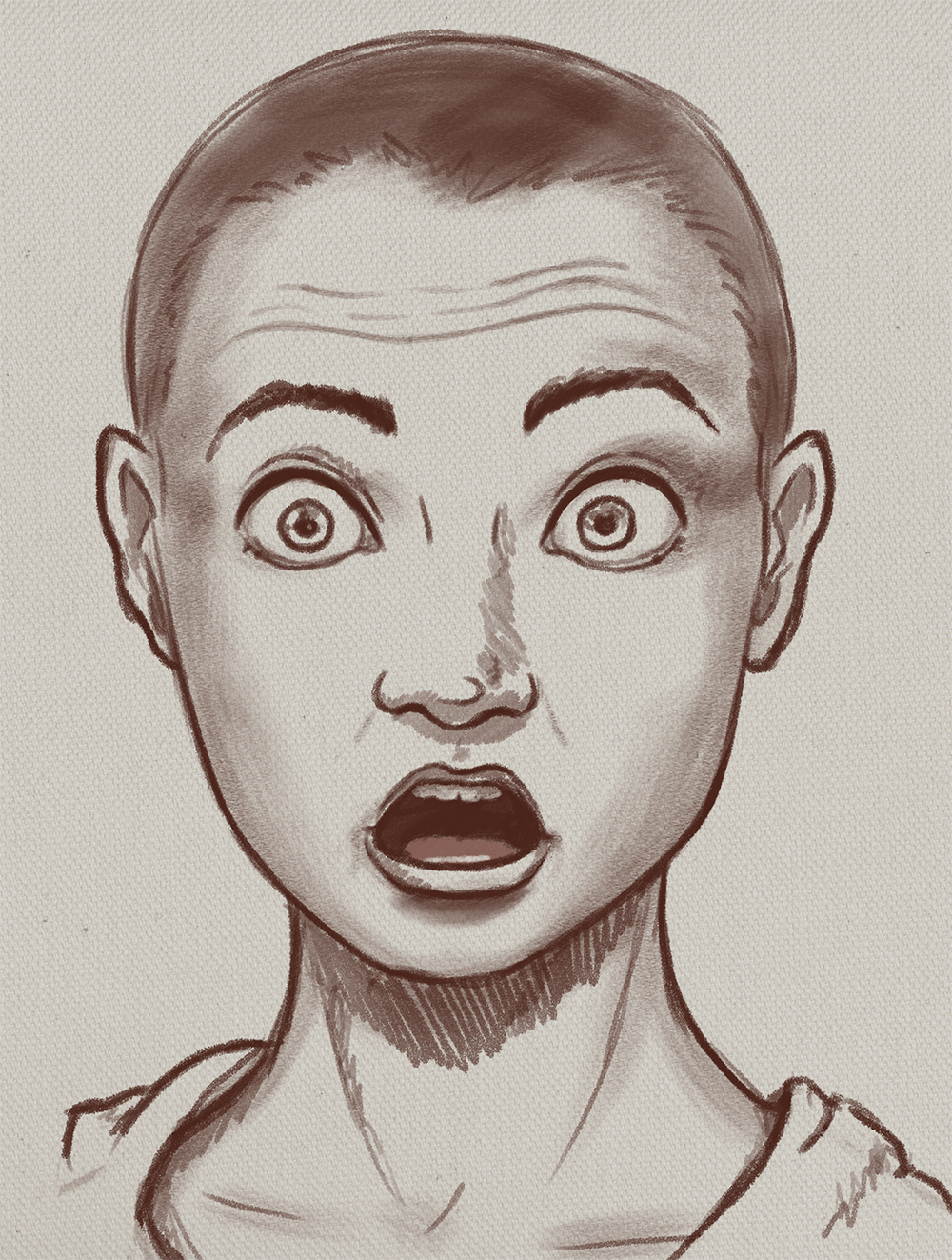
In the case of a surprised expression the mouth is usually relaxed. This can be open or closed. Meanwhile, the eyes are wide open and the eyebrows are raised.
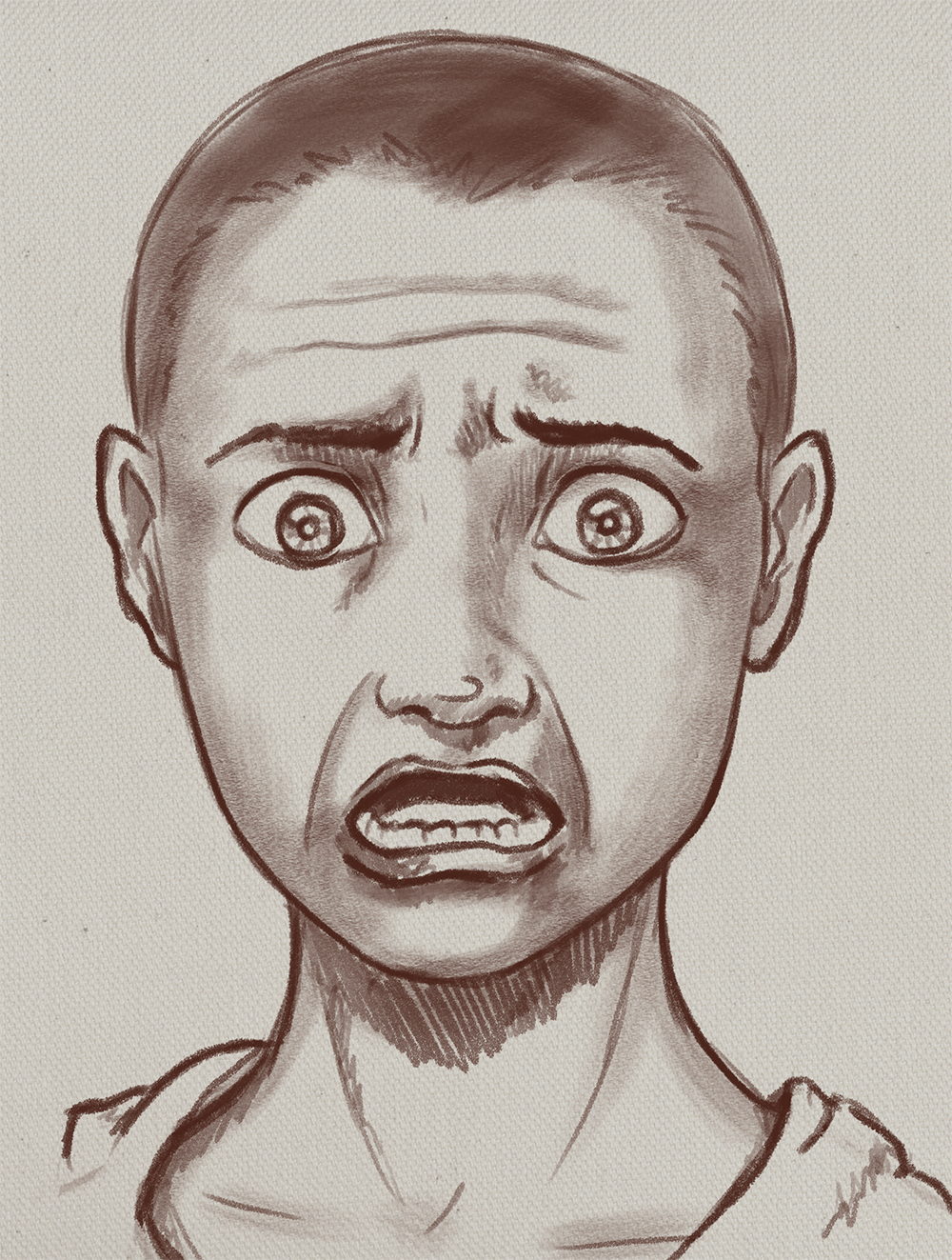
Fear is characterized by raised eyebrows that pulled inward. The corners of the mouth are more open to the sides. The eyes are large, wide open and with dilated pupils.
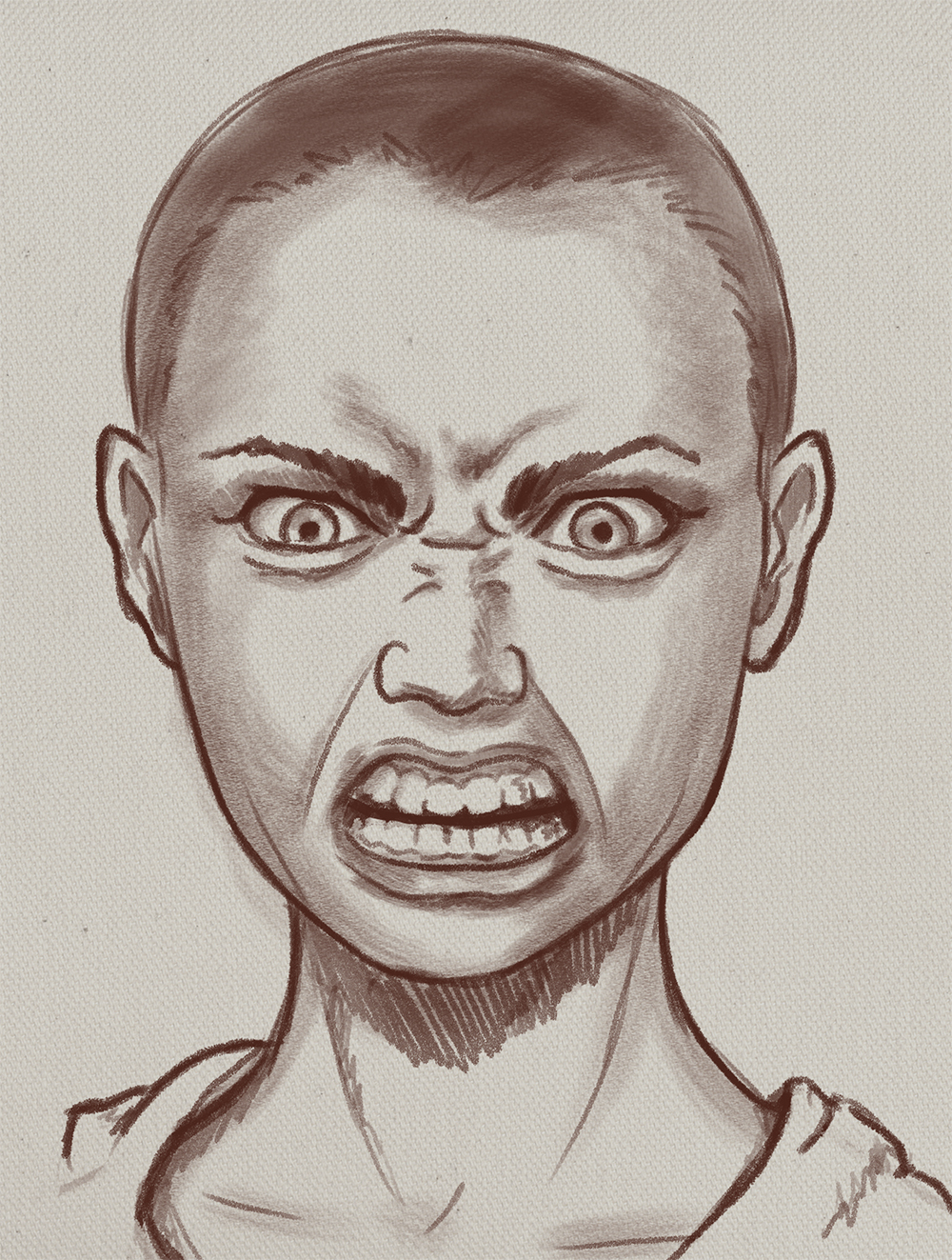
In the case of anger, the eyebrows are lowered and contracted. This creates strong wrinkles vertically between them. The eyes are either squinted or wide open. The lips are pressed together tensely. The corners of the mouth may be lifted slightly. The upper lip can be pull upward, similar to a snarling dog.
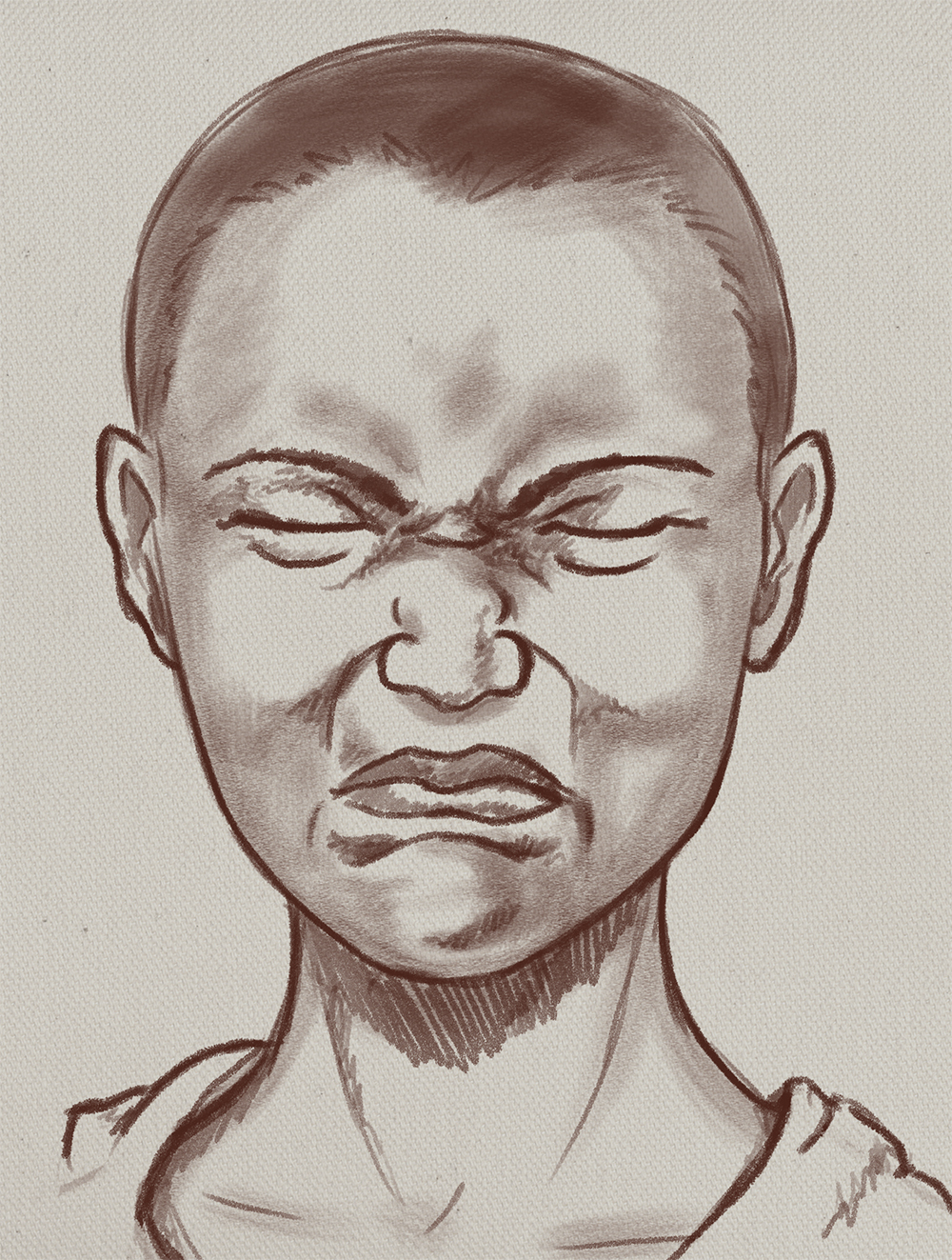
A wrinkled nose is an important characteristic of both disgust and revulsion. The nose appears broader and the tip points upwards. The upturned nostrils may be flared. Wrinkles appear next to the nose. The upper lip is either be completely raised or just on one side. The corners of the mouth point downward. The eyes appear narrow and are contracted. This creates wrinkles between them. The eyebrows are horizontal, almost in a straight line.
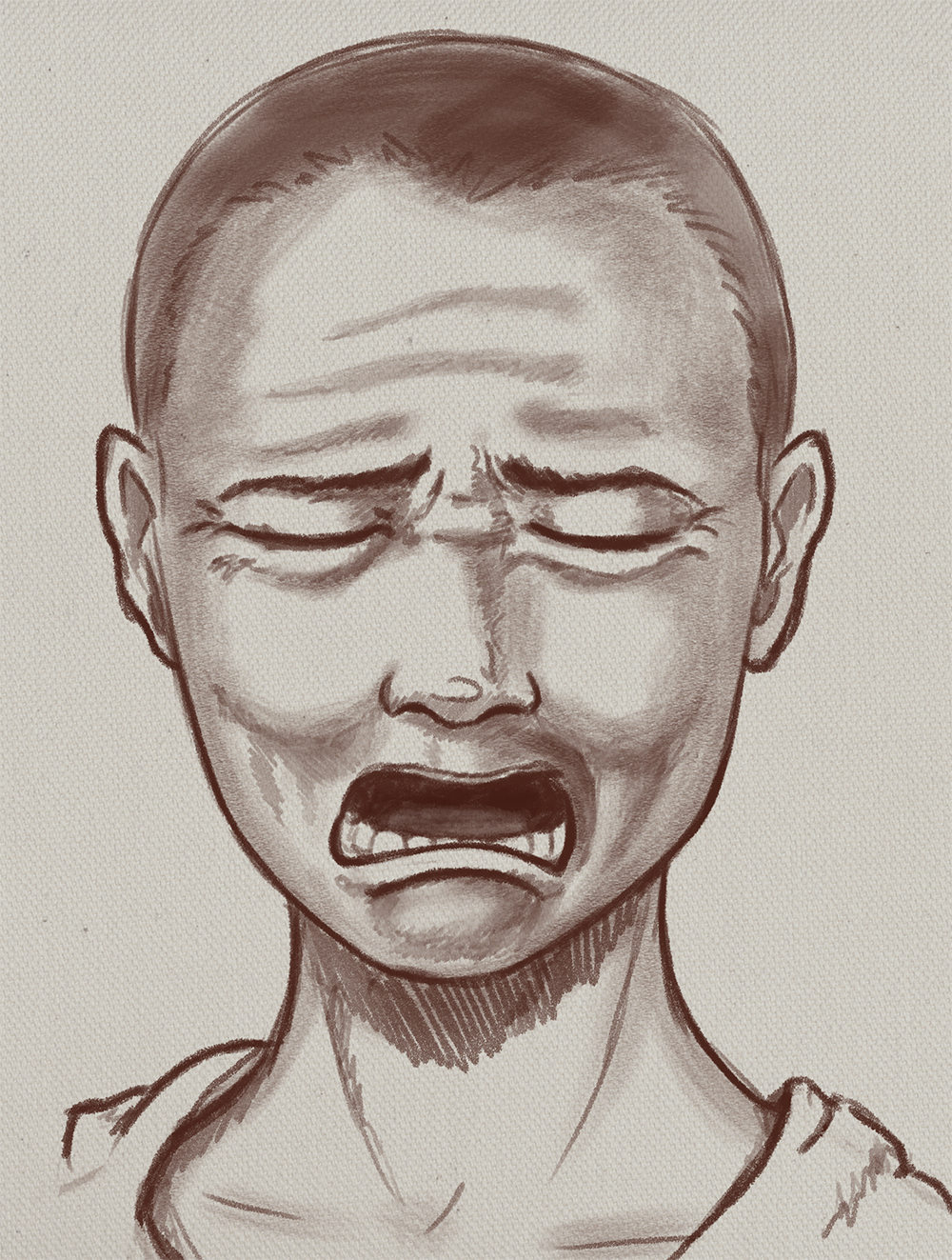
In the case of sadness and despair, the eyebrows move together on the inner side and are raised. The inner eyebrow is raised slightly. The upper eyelids are also slightly raised on the inside. The mouth is relatively relaxed. However, depending on the intensity of the emotion, it may be wide open as well. The corners of the mouth point downward. A slight crease often appears under the lower lip. Despair may also be shown by a lower lip that sticks out more that the upper one. The gaze of the person is directed at the ground.
Especially when drawing emotes, there is very little space for details due to the small size. Therefore, realistic depictions of emotions are usually not suitable. It makes sense to first simplify the emotions to the essentials, and then additionally emphasize these elements.
4 Simplification
In contrast to realism, where the rendering is natural and rich in detail, we greatly rely on the simplification of key features. These key features are: Eyebrows, mouth, and the eye shape. It is important to convey the essentials in this case. Most comic and cartoon styles make use of these principles and it is best suited for emotes. To express an emotion, a few strokes and decisive elements are often enough. The angles of the eyebrows and the shape of the mouth play the most important role here!
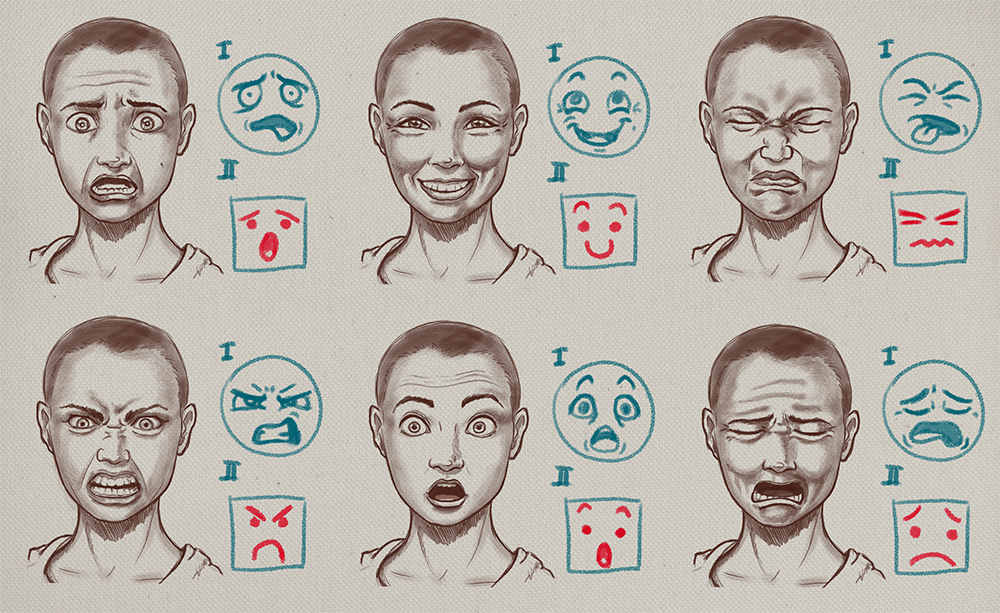
I.) Lowest level of simplification
II.) Highest level of simplification
5 Exaggeration
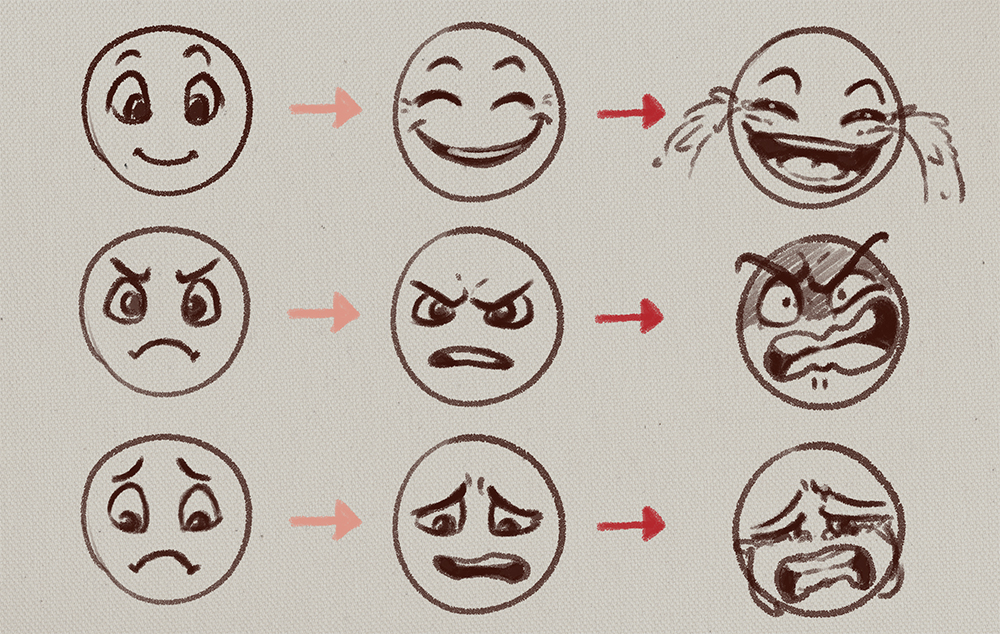
Simplified expressions are easier to exaggerate to make them more impactful. Here, the key features are greatly expanded upon. It also helps to increase the original direction of movement of an expression. The stronger the state of mind, the stronger the distortion can be drawn. The size and position of key features, as well as the addition and exaggeration of emotion-typical elements (e.g., tears in case of despair) serve to exaggerate an emotion.
Comparing realistic and simplified emotions with exaggeration.
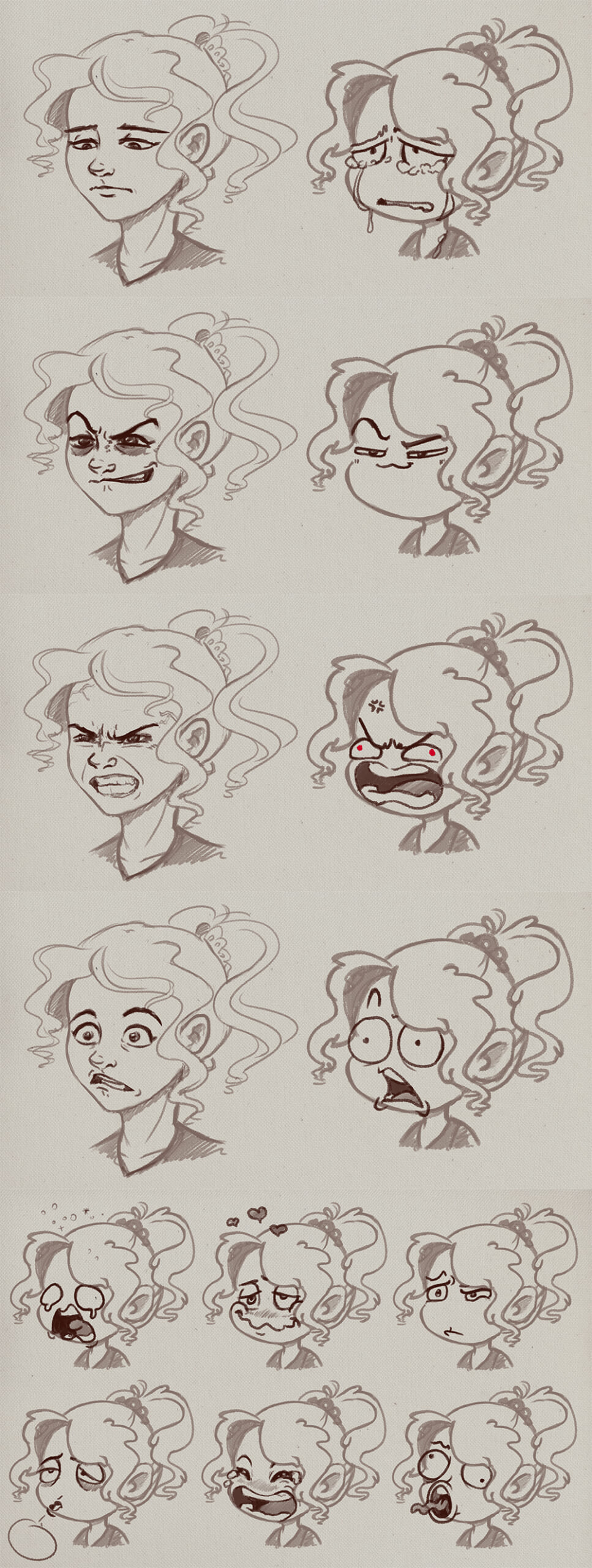
An illustrated emotion index is good for experimenting with exaggeration and provides a base for countless variations and creations.
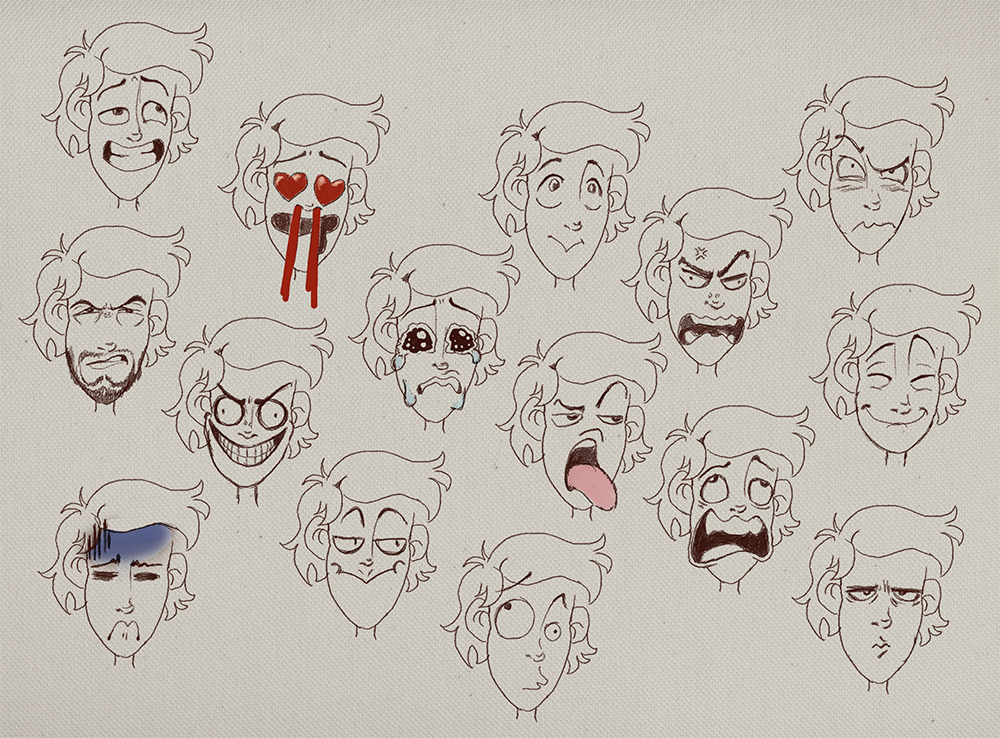
There are countless possibilities to breath life into your characters, if you can just imagine different scenarios, external factors (environment, temperature etc.) and internal states (emotions, thoughts etc.), as well as intentions and more.
Deformation
Deforming the face and even the head allows us to further amplify a certain expression in its appearance. The goal is to strengthen the direction of movement and/or change the spacing of important elements.
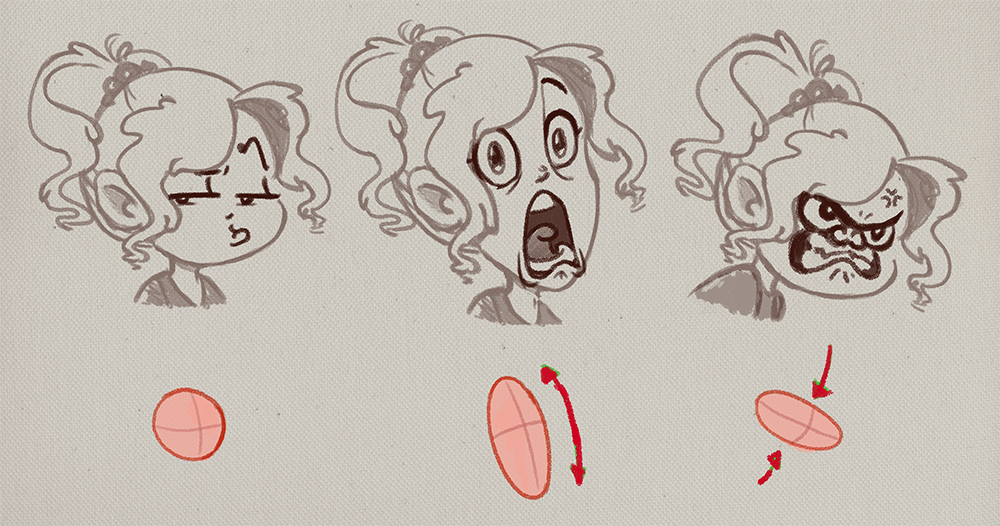
Left: Neutral, Center: Stretched, Right: Squashed
6 Special Effects & Symbols
The effect of an expression can also be enhanced with symbols, which are used extensively in comics. They can provide essential support for the understanding of particular emotion. It is very important that you know the meaning of the corresponding symbol. Otherwise, these could be confusing or distracting. Don’t use them excessively, as this may overload the image. The perspective, position, and pose of the head and gestures can also emphasize an emotional portrayal. The state of the body and external stimuli have a significant influence on our facial expressions. Sleepiness, illness, relaxation, intoxication, exertion, cold or heat can be represented with different symbols and expressions.
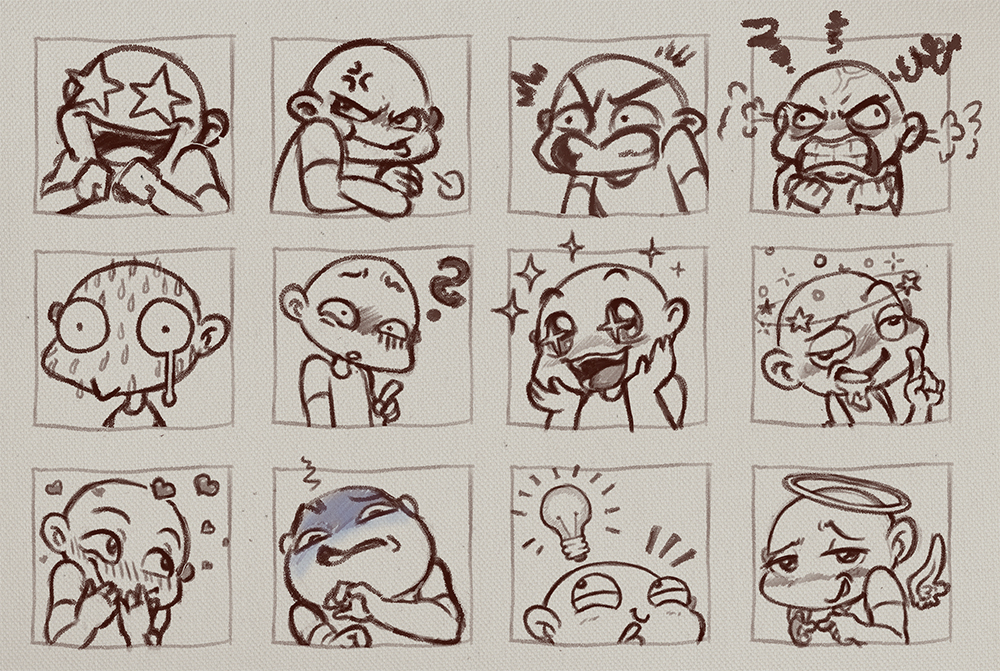
For example: Discoloration of the face (nausea, fear), small drops of sweat (panic, effort), enthusiasm (stars as eyes), anger (pulsating vein or smoke from the ears), ideas (light bulb), innocence (halo), being in love (small hearts), terror (hair sticking out), hunger (drool), etc.
7 Chibi-Style
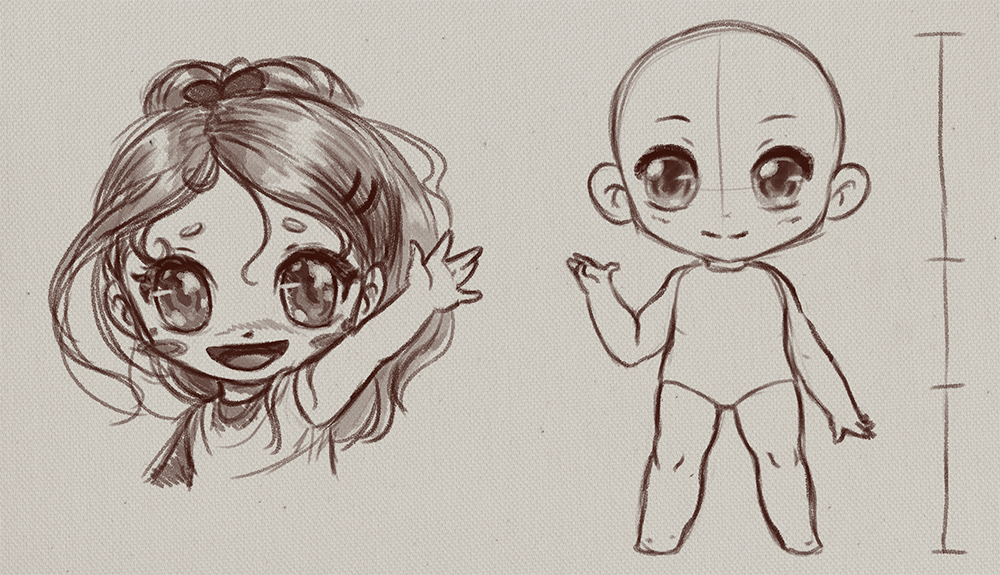
Chibi characters (jap. ちび, engl. small, tiny) with their reduced size and simple proportions are very suitable as emotes. You can also use symbols commonly found in manga to reinforce and support their expressions. This style is popular to depict very strong emotional reactions.
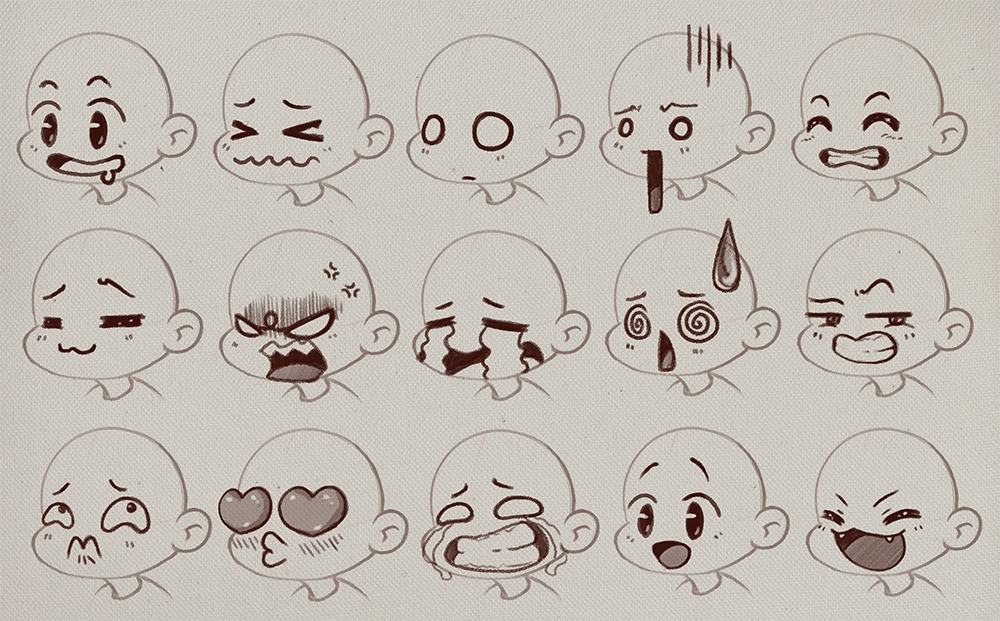
8 Animals
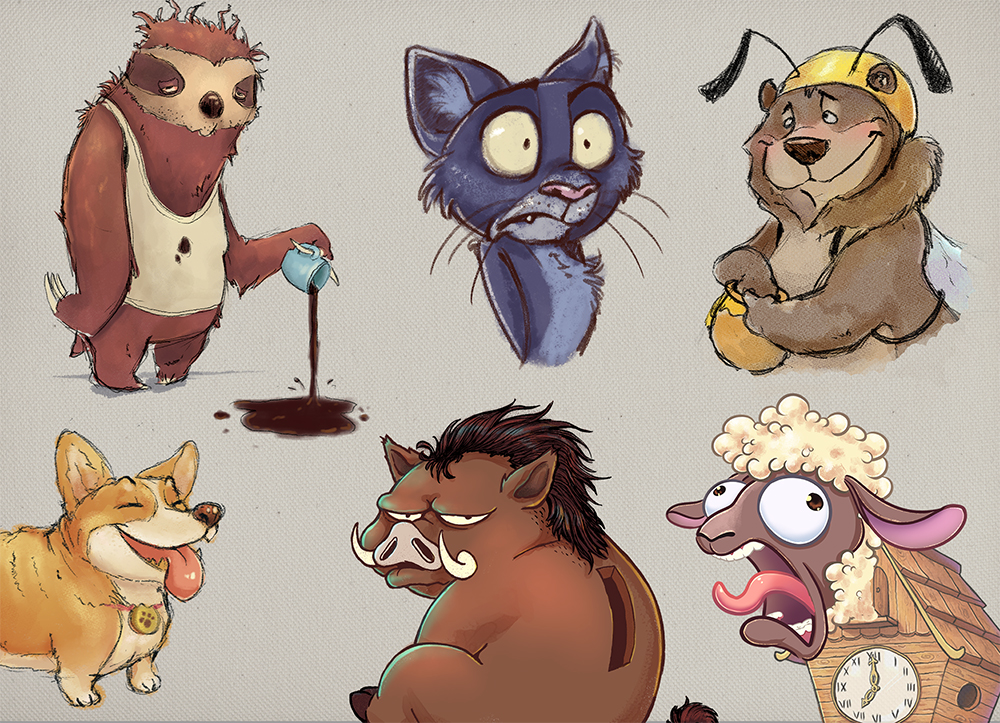
Animal creatures are also often used for emotes. The principles of simplification and emphasis can be applied in a similar way. Unlike human characters, animals have a few extra features that can also be used to represent an emotion. Many animals have flexible ears with which they communicate their condition and mood to the outside world.
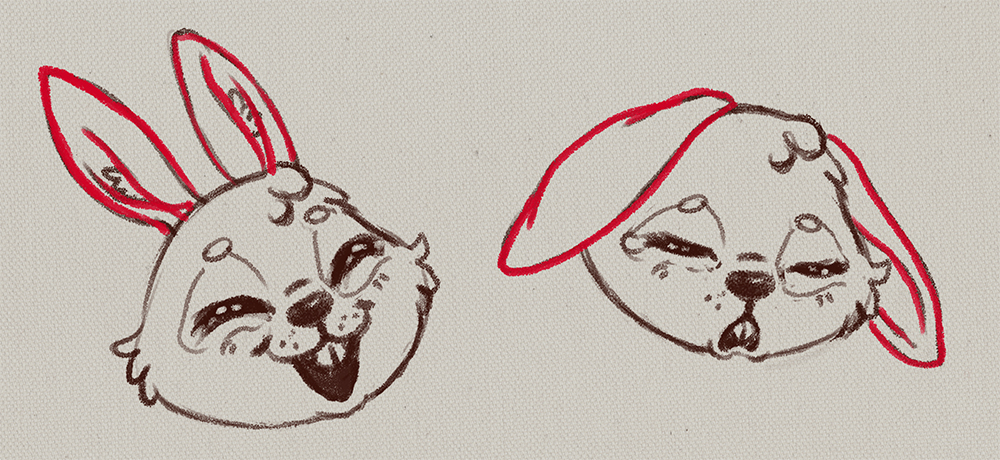
It can be a challenge with some animals to portray emotion. Many of them don’t have a mouth and eyebrows like humans. Therefore, it is helpful to be familiar with the respective anatomy of the animal. Studies and observation are good methods to analyze the key features of different animals and to find relevant facial structures. Instead of mouths, animals have snouts and beaks. Even these differ enormously in appearance depending on the species. Instead of hands, animals usually have paws, hooves, fins, or wings. Nevertheless, the basic characteristics of us humans can also be transferred to these forms.
Examples for emotions in the case of a cartoon duck:
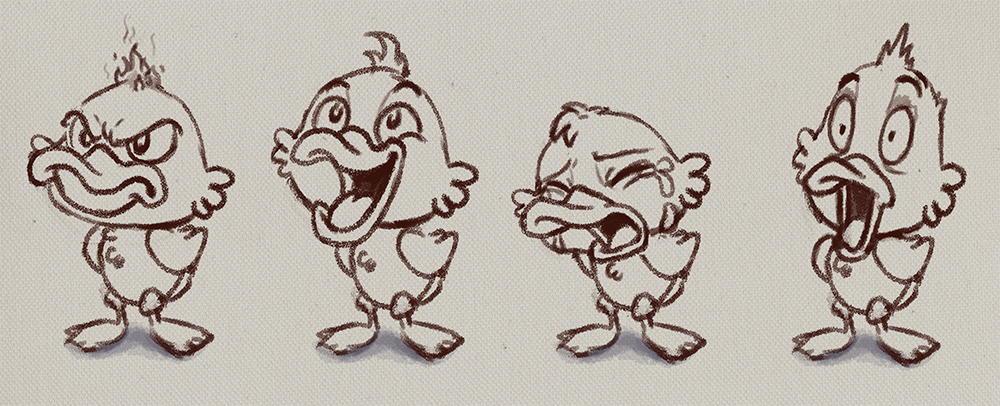
Other examples for squirrels, lions, and parrots.
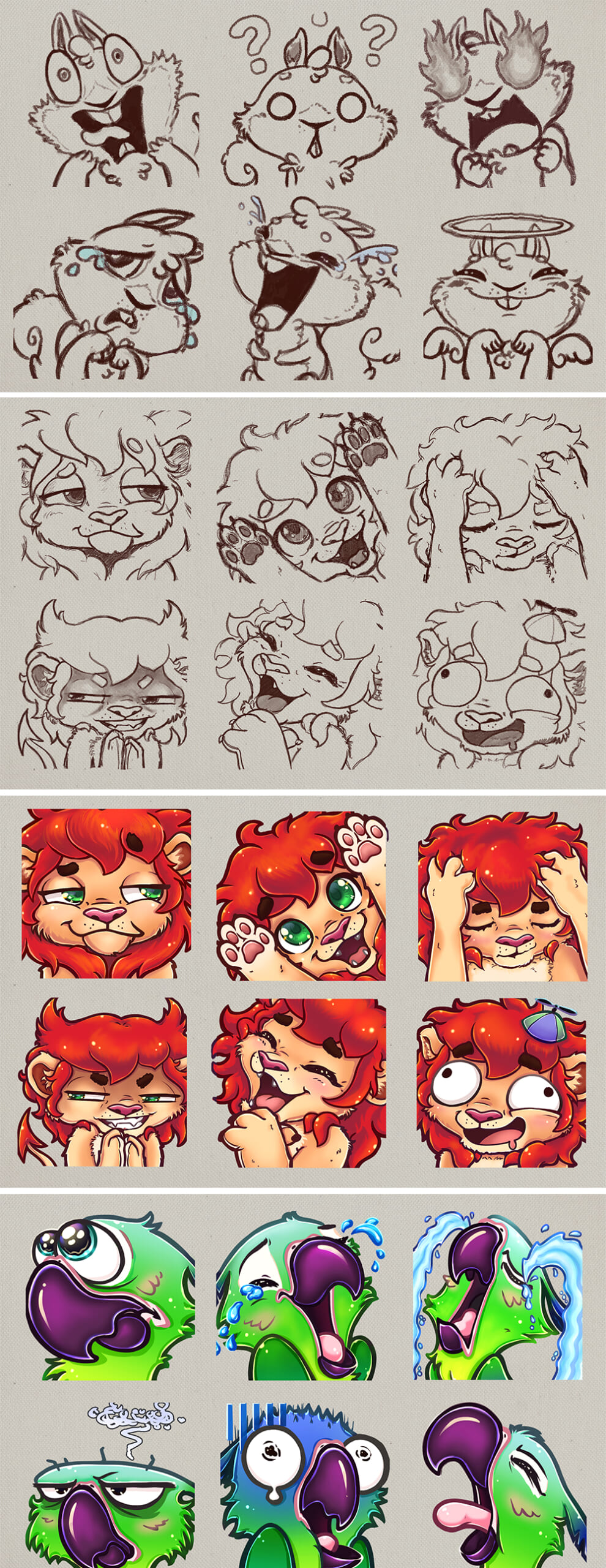
You can show what someone is feeling, thinking and how they are doing with virtually any living creature or even objects and food, like cucumbers.
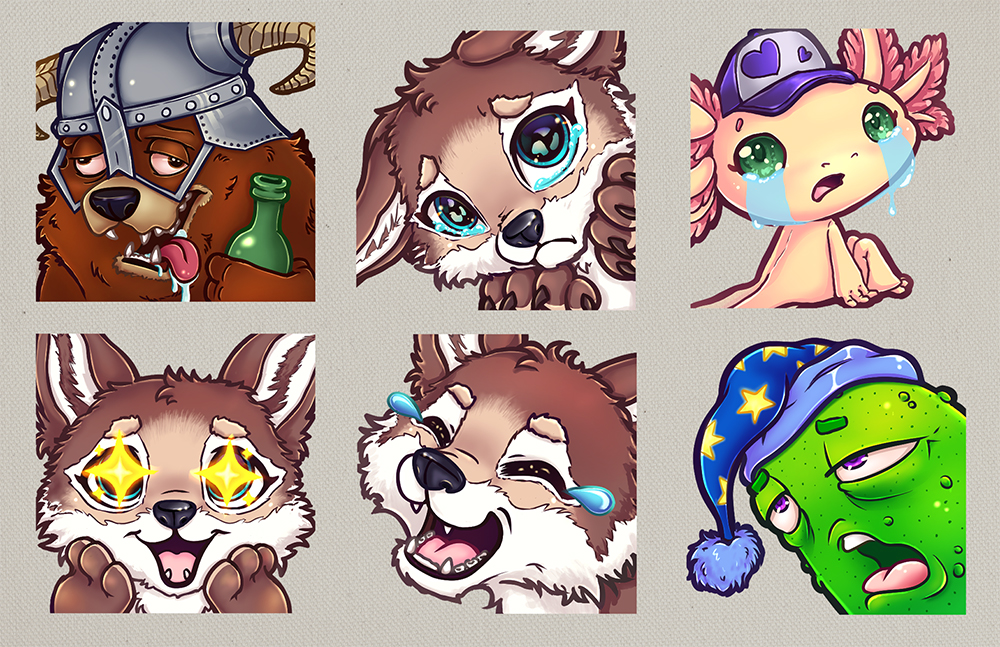
I hope this tutorial helps you create strong facial expressions, authentically portray your characters’ emotions, and communicate them vividly.
Thank you for reading.
– Julillu
Interested in character art & design or what it takes to become a character designer?
Check out the link below!








